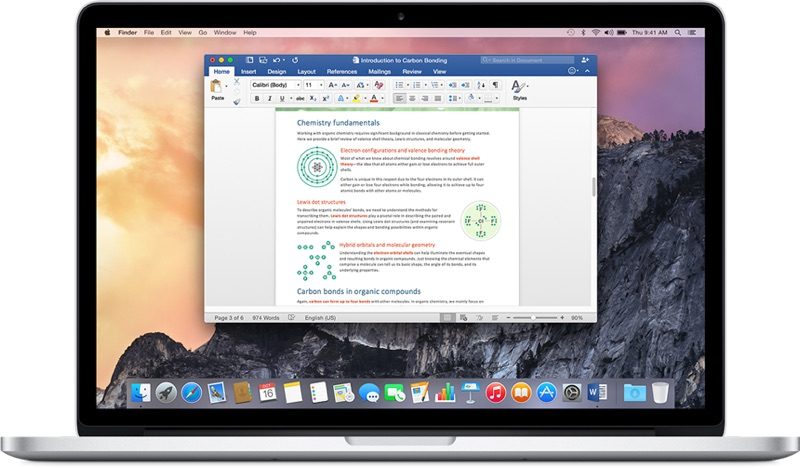

(Optional) Type the following command to perform a full format of the USB flash drive and press Enter: Format-Volume -DriveLetter DRIVE-LETTER -FileSystem FILE-SYSTEM -Full -Force.This example performs a quick format of the "F" drive with the NTFS file system: Format-Volume -DriveLetter F -FileSystem NTFS -NewFileSystemLabel workUSB In the command, replace DRIVE-LETTER with the correct letter reflecting the drive you want to format, FILE-SYSTEM for FAT32, exFAT, or NTFS, and DRIVE-NAME with the name you want the device to appear in File Explorer. Type the following command to perform a quick format on the flash drive and press Enter: Format-Volume -DriveLetter DRIVE-LETTER -FileSystem FILE-SYSTEM -NewFileSystemLabel DRIVE-NAME.

Search for PowerShell, right-click the top result, and select the Run as administrator option.To format a USB flash drive using PowerShell commands on Windows 10, use these steps: In addition, the command-line tool can be used to clean and format the storage to resolve corruption and other problems. PowerShell is another tool that allows you to format a USB flash drive to delete its contents. How to format USB flash drive from PowerShell Once you complete the steps, the process will create a new partition and set up the file system, fixing common problems with the flash drive, including data corruption. (Optional) Check the "Enable file and folder compression" option.

As a result, this process can take a long time, depending on the drive size. If you do not check the setting, a full format operation will be performed, and it will scan for bad sectors and write zeros in all sectors deleting the data. Quick note: The "Quick format" option only deletes the file system table and the root folder, but the data may still be recoverable.



 0 kommentar(er)
0 kommentar(er)
